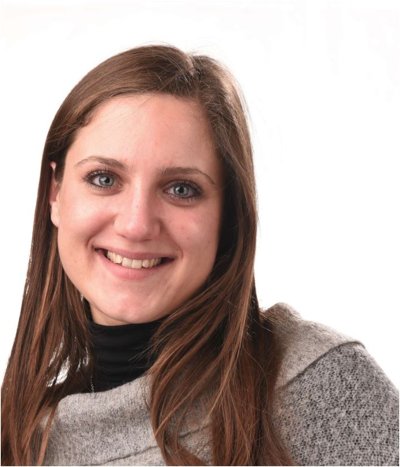New membrane strategies for improved artificial kidney devices
Due to the COVID-19 crisis measures the PhD defence of Ilaria Geremia will take place online.
The PhD defence can be followed by a live stream.
Ilaria Geremia is a PhD student in the research group Biomaterials Science and Technology (BST). Her supervisor is prof.dr. D. Stamatialis from the Faculty of Science and Technology (TNW).

The patients with end stage kidney disease waiting for or not suitable for kidney transplantation have to undergo hemodialysis (HD), which is life-sustaining but removes only a small fraction of uremic toxins compared to the kidney. Moreover, several drawbacks derive from the intermittent character of HD (mainly 4 hours / 3 times per week in the clinic), including fluctuations in blood values and water volumes and limitation of patients’ mobility and social life. Continuous or semi-continuous blood purification therapies, using portable (PAK) or wearable artificial kidney (WAK) devices could provide better therapy and significantly improve patients’ health and quality of life. Importantly, the application of PAK/WAK systems will require lower amounts of dialysate (0.5 - 2 L), in contrast to the current HD which requires ~ 120 L/therapy.
This thesis is focused on addressing some of the above challenges which hamper the development of continuous/semi-continuous blood purification systems. More specifically, it investigated new membrane strategies for improved blood purification and dialysate regeneration.
In order to achieve better and safer blood purification therapies, we investigate:
1. the implementation of a Mixed Matrix Membrane (MMM) composed of polyethersulfone/polyvinylpyrrolidone and activated carbon to simultaneously purify human blood plasma and remove pyrogens from dialysate (Chapter 2).
2. the blood compatibility of the MMM, a prerequisite for clinical implementation (Chapter 3).
3. the development of hollow fibers for outside-in filtration (with the blood flowing in the inter-fiber space instead of in the fibers’ lumen as for standard HD) to facilitate long-term blood filtration, by reducing the risk of fiber clotting by blood thrombi (Chapter 4).
In order to achieve efficient strategies for dialysate regeneration, we investigate:
1. the development of a new MMM based on polyethersulfone/polyvinylpyrrolidone with polystyrene-ninhydrin (PS-Nin) micro-particles, a carbonyl-type urea sorbent. The incorporation of the PS-Nin particles in the MMM led to faster and higher urea binding compared to the particles in suspension (Chapter 5).
2. the development of a new positively-charged nanofiltration hollow fiber membrane by means of the “Chemistry in the spinneret” technology for the retention of ammonium ions derived by the hydrolysis of urea by ureases (Chapter 6).





